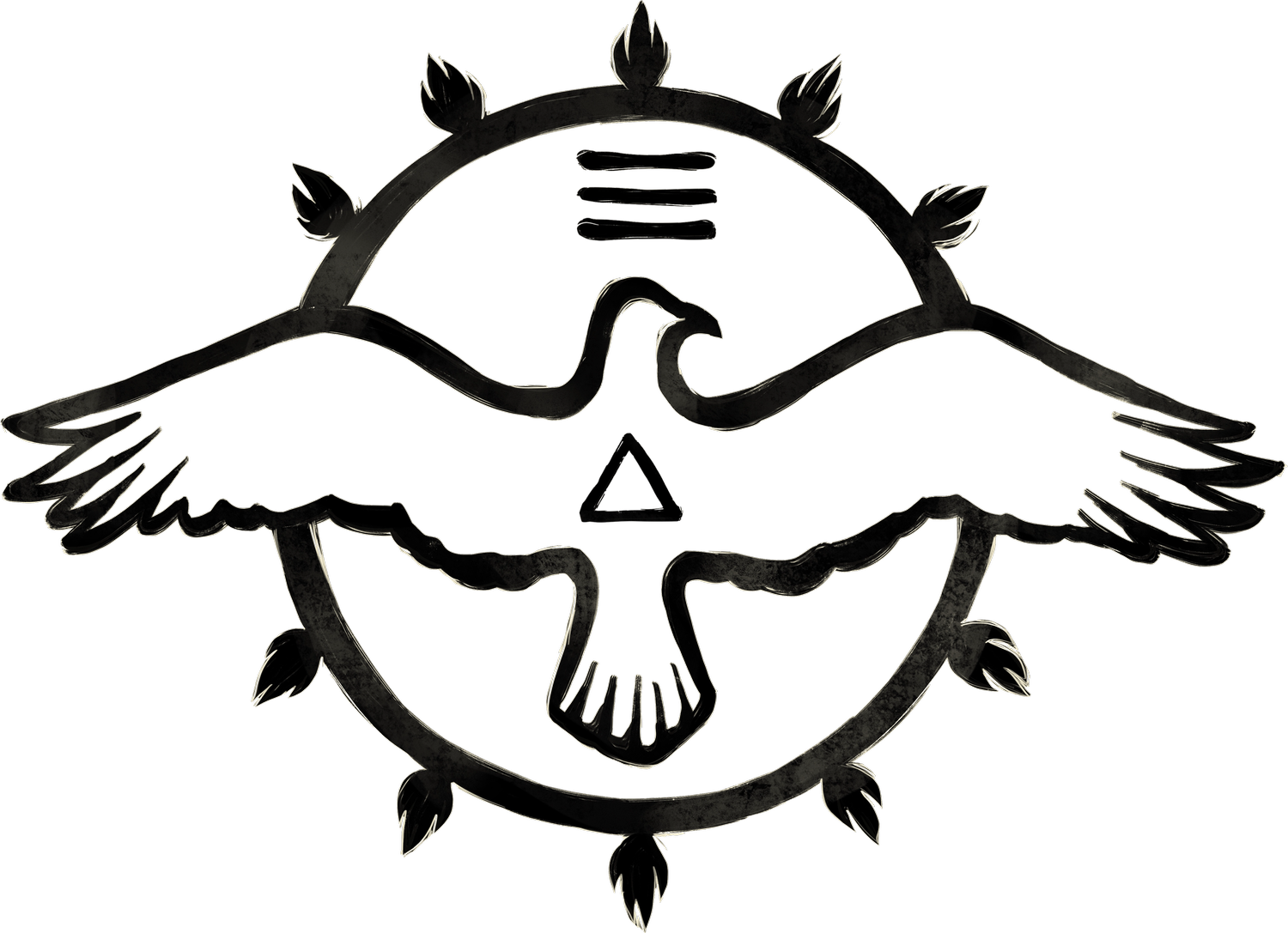Ashtanga “Vinyasa” Yoga explained
Ashtanga Vinyasa Yoga is a universal bhakti (devotional) yoga practice which utilizes hatha yoga techniques primarily in the form of asana and pranayama. The purpose of the practice is to still the fluctuations of mind, releasing the power of the inner being (“purusha”) so that humans can live to their fullest potential (Yoga Sutra 1:3). The yoga sequences of Ashtanga yoga are derived from the Yoga Korunta and have been improved and refined over the course of many generations through guided practice and research within the lineage, always between one teacher and one student (“guru parampara”). The practices and popular sequences of Ashtanga Yoga are most famously known through the teachings of Tirumalai Krishnamacharya, and Sri K Pattabhi Jois. In the Northwestern United States, Ashtanga Vinyasa Yoga was originally brought to Seattle by David and Catherine Garrigues who began the first “Mysore style” traditional Ashtanga Yoga School in Seattle. Mysore (also called “Mysuru”) is the city in India where the legendary yogi Krishnmacharya taught yoga, and through this yoga school hatha yoga was reborn in the present time, after many years of obscurity, and given to the world by Krishnamacharya himself. While Krishnamacharya had very specific rules by which yoga was to be utilized, and taught in great detail very exacting methods of transitions, postures, breathing systems, and ethical disciplines, he gave yoga freely to all who would be willing to undertake it for legitimate reasons. This style of yoga, he explained, was not to be given to those unwilling to dedicate themselves to the practice, and through his life he repeatedly instructed students to keep it out of the hands of those who would pursue yoga for shallow, or selfish purposes. Ashtanga Yoga comes from Patanjali, the author of the yoga sutras. From the Yoga Sutras comes our most direct instruction on the purpose and use of yoga. The yoga techniques of our lineage in Bellingham (founded by a student of a student, of a student of Krishnamacharya) is based on the 8 limbed process of practice defined in the Yoga Sutras of Patanjali. Of particular interest are the practices (kriyas) outlined in chapter 2, which we follow dilligently. The practice of Ashtanga Yoga is foreshadowed by the observances of ethical and moral principles in the yoga sutras known as the yamas and niyamas; two forms of ascetic disciplines which accompany our practice of devotional asana and pranayama.
Ashtanga Yoga is the origin of almost all yoga practiced today. Ashtanga (“ashtau”=eight, “anga”=limbs) is a sanskrit word that simply refers to the “eight limbed” approach (Yoga Sutra 2:29) of yoga and is defined in the yoga sutras as "yogas-chitta-vritti-nirodaha" -or- the stilling of the mind through practice (Yoga Sutra 1:2). Many people believe that the ancient lineage and traditional power of Ashtanga Yoga, which was known by great sages living in India centuries ago, is now living through the gurus and instructors of the K Pattabhi Jois Ashtanga Yoga Institute in Mysore, located in Southern India. Our practice is based on the techniques at that institute and consists of daily devotional asana sequences based in traditional formats, utilizing contemporary adaptations. Ashtanga Yoga School is a utilitarian, non-dogmatic, research based yoga school which focuses on the individual betterment of human beings by means of the realization of potential through recognition of the self, or purusha, thus removing the conflict/suffering causing roots of delusion (avidya) caused by the existential poison of samsara (cyclic existence). We teach Ashtanga Yoga to people of all abilities through group style led classes, traditional mysore classes, individual instruction, and continual research sessions.
There are currently two contemporary definitions of “Ashtanga Yoga” that you will find, and both are equally valid and reflect our style at the school:
The system of Ashtanga Vinyasa Yoga brought to the world by Sri T. Krishnamacharya, passed down to Pattabhi Jois, and practiced in Mysore, India. This system being the one that “power yoga” and most vinyasa yoga styles were based upon. It was brought to Seattle, Washington by David Garrigues, the teacher of the director of this school, under the name “Ashtanga Yoga School of Seattle” (more on this below).
The system of yoga outlined in the yoga sutras of Patanjali (Yoga Sutra 2:28-29) as the eight limbed method (“ashtau”=eight, “anga”=limbs) for removal of avidya (ignorance of your true nature as an eternal soul). This system serves as our philosophical and theoretical foundation to our path in life as practitioners of this method.
What is unique about Ashtanga Vinyasa Yoga?
Ashtanga Vinyasa Yoga as taught by Sri K Pattabhi Jois is a traditional hatha yoga practice that is very focused about a few aspects of asana (yoga poses) that are fundamental and necessary to its practice. They are called “Tristana” and are the following three qualities of asana:
Dristi are the points of focus for the eyes. Because eyesight is the predominating sensory factor that prohibits meditative aspects of the mind, it must be controlled through points of focus. These points of focus are adhered to by all practitioners of Ashtanga in one way or another, and they are as follows:
1. Nasagram drishti: Tip of the nose
2. Ajna chakra or bhrumadhya drishti: Between the eyebrows
3. Nabhi chakra drishti: Navel
4. Hastagram drishti: Hand
5. Padayoragram drishti: Toes
6. Parshva drishti: Far to the right
7. Parshva drishti: Far to the left
8. Angushtha Ma Dhya drishti: Thumbs
9. Urdhva or antara drishti: Up to the sky
Bandhas are “muscle locks” that are energetic powers created by the burst of energy utilized as the sections of muscles are clenched. The most common bandhas utilized in Ashtanga are:
Mula Bandha; root lock/pelvic floor
Uddhiyana Bandha; upward flying/redirecting of downward motion in the region of the belly
Jalandhara Bandha; the throat lock (rare, but typically involving a lowering of the chin)
Pranayama is the fourth limb of yoga. There are many practices in hatha yoga that involve pranayama, but the first pranayama taught in Ashtanga is called “Ujjayi” which is a hissing sound made by a slight closure of the glottis in the throat.
BELOW ARE SOME FUNDAMENTAL POSTURES TAUGHT IN THE KRISHNAMACHARYA LINEAGE OF ASHTANGA YOGA
Up dog: https://vimeo.com/113054179
Down dog: https://vimeo.com/117669436
Surya Namaskara: https://vimeo.com/42070122
Padangustasana:
Padahastasana: https://vimeo.com/262677024
Uthita Trikonasana: https://vimeo.com/124770399 adjustments: https://vimeo.com/41230923
Parivritta Trikonasana: https://vimeo.com/242752846
Uthita Parsvakonasana: https://vimeo.com/241620473
Prasarita Paddotanasana: https://vimeo.com/69756669
Parsvo: https://vimeo.com/40523744
Uthita Hasta Padangustasana: https://vimeo.com/74332413
Ardha Baddha Padmottonasana: https://vimeo.com/74202951
Paschimattanasana: https://vimeo.com/38417449
Purvottanasana: https://vimeo.com/131306452
Marichyasana A: https://vimeo.com/42159515
Marichyasana C: https://vimeo.com/80715643
Navasana: https://vimeo.com/43172548
Bujapidasana: https://vimeo.com/43172548
Baddha Konasana: https://vimeo.com/80721956
Supta Kurmasana: https://vimeo.com/173469738
Upavistha Konasana: https://vimeo.com/80681742
Urdva Dhanurasana: https://vimeo.com/175408441

